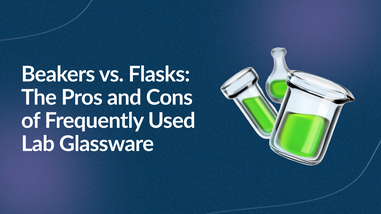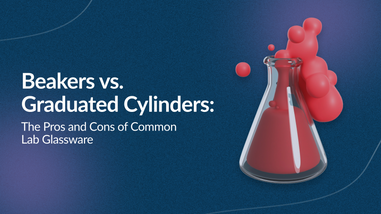- No products in the cart.
Laboratory ovens are used in a wide range of industrial applications. where they used for research and industrial purposes. Some of their common uses include annealing, die-bond curing, drying, polyimide baking, and sterilizing.
These ovens have multiple capabilities and features. Their basic purpose is to create an environment that maintains and controls heightened temperatures at specific ranges. Ovens for analytic requirements can work at a maximum of 200°C.
If you are looking to invest in a laboratory oven for your manufacturing plant, then you might have been caught between two minds due to the different types of ovens. There are two popular types: a convection oven and a vacuum drying oven. The former uses a fan to circulate hot air while the later employs dry air to remove humidity. The following overview can help you decide which one is better for your use.
Convection Oven
A convection oven comes with a fan and exhaust system, which are used to blow hot air around the heated items and then vent it back out. Unlike other ovens, it does not cook items from the top; instead, it distributes heat with a more even distribution. These ovens rely on a convection technology that allows efficient heat transfer via rapid movement of physical air. When built-in fans – installed at the rear end of the heating chamber – are circulated at quick speeds, hot air passes heat to the materials in short time, making up for better results in terms of both quality and time. Due to this reason, they are often picked out by manufacturers for standard use.
Pros of a Convection Oven
-
A convection oven ensures that heating is performed “evenly” due to its air circulation mechanism.
-
It is more efficient than other types of ovens, especially when operated at lower temperatures.
-
A convection oven can heat or bake multiple items at once. Unlike some other lab ovens, the addition of extra items does not cause the temperature to drop. All components are taken as a single item. You can even use stack trays without blocking the radiant heat.
-
Cons of a Convection
- Convection ovens are not ideal for baking breads and cakes.
- The fan performs a large chunk of its operation, making it more fragile and prone to breaking down.
- Convection ovens are pricier than other types of ovens.

Vacuum Drying Oven
In industrial cases, often some samples tend to be a lot more sensitive than others. Hence, they cannot be dried via traditional means. The operation of vacuum drying ovens has minimized this risk to a minimum.
Vacuum generation is used to take out moisture from any wet solid and dry it out. When this operation is done at a bigger scale, it is known as vacuum drying. Drying is a recurring requirements in agricultural, pharmaceutical, and food industries. A vacuum drying oven is used commonly in delicate drying procedures like elimination of flammable solvents or for drying tiny parts. Usually, these ovens operate at 200°C to 250°C.
Pros of a Vacuum Drying Oven
-
Vacuum drying ovens are suitable for materials that are prone to damage when heated high temperatures.
-
The extraction of vacuum does not only eliminate moisture; it removes any explosion or oxidation that is possible when certain materials come in contact with air.
-
Vacuum drying is ideal in applications where the objective is the recovery of a solvent.
-
They are also useful in circumstances where it is absolutely essential to dry materials to extreme levels.
-
They are used in homogenous specific drying. This means that that the drying output is reproducible where a uniform temperature is maintained.
-
They are staff-friendly because the drying procedure is performed in closed chambers. No dangerous chemicals are released in the process, saving those present from any harm.
-
Consumes lesser time when compared to other ovens for atmospheric drying.
-
Saves resources because when drying is conducted at lower temperatures; it consumes lesser amounts of energy.
Cons of a Vacuum Drying Oven
-
They are tough to manage and maintain.
-
The exposed material has to be vacuum compatible. Lack of this knowledge can lead to severe consequences.
-
The size of vacuum tubes is considerably large; thus, they are not portable.
For over 40 years, Lab Pro has been committed to delivering the highest quality Personal Protective Equipment and apparel to medical device and biomedical laboratories worldwide. Come visit the biggest Lab Supply showroom in California, or contact us online or at 888-452-2776.












































